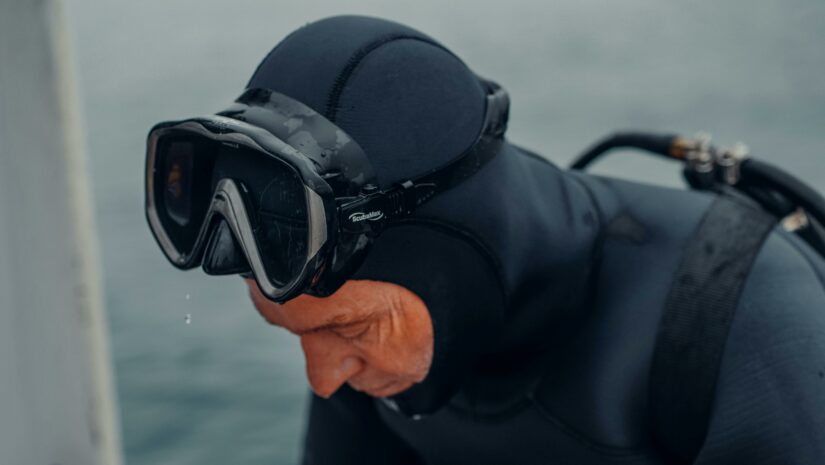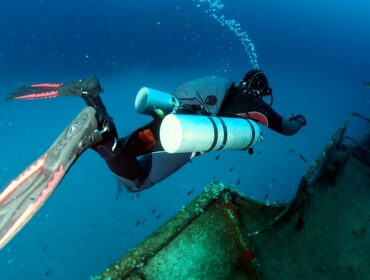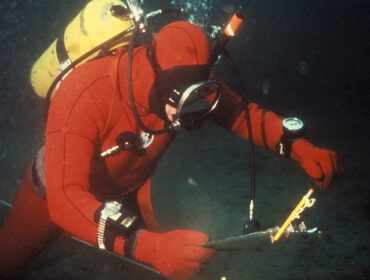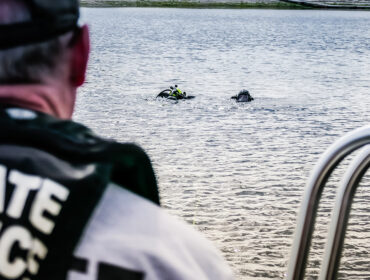Diving in cold water requires a bit more equipment and training than tropical diving. However, the rewards include the ability to explore regions most people wouldn’t even think of exploring. Cold waters are fed by nutrient-rich upwellings from the sea, so the abundance and variety of marine life are remarkable.
However, there will be times when multiple layers of wetsuits won’t cut it against the cold. You’ll need a dry suit, and there’s no better way to learn how to dive in one than by taking the Dry Suit Diver PADI Specialty course.
What is a dry suit diver?
A dry suit diver is specially trained to dive using a dry suit. This interesting type of diving suit is designed to keep the diver completely dry by preventing water from entering.
Unlike a wetsuit diver, who wears material that allows a thin layer of water to enter and be warmed by their body heat. A dry suit seals out the water entirely, which is ideal for diving in cold conditions. Superior thermal insulation for the win!
Difference Between Dry Suits vs. Wetsuits
Diving in a dry suit is different from diving in a wetsuit. Understanding the difference between the two is crucial when picking out diving wear, and that’s probably why you are here.
On one hand, wetsuits are made of neoprene, a material that traps a thin layer of water between the suit and your skin. Your body then warms this water, which provides insulation. However, wetsuits are ineffective in freezing water because your body could still lose heat to the surrounding water.
On the other hand, a dry suit keeps you completely dry by sealing out water entirely. The seals at the neck and wrists are manufactured to seemingly tiny dimensions at their openings. This is intentional, as you can trim the seals to create a snug fit. These tight seals ensure that no water can enter the suit, maintaining a dry and warm environment inside.
Functionality of a Dry Suit
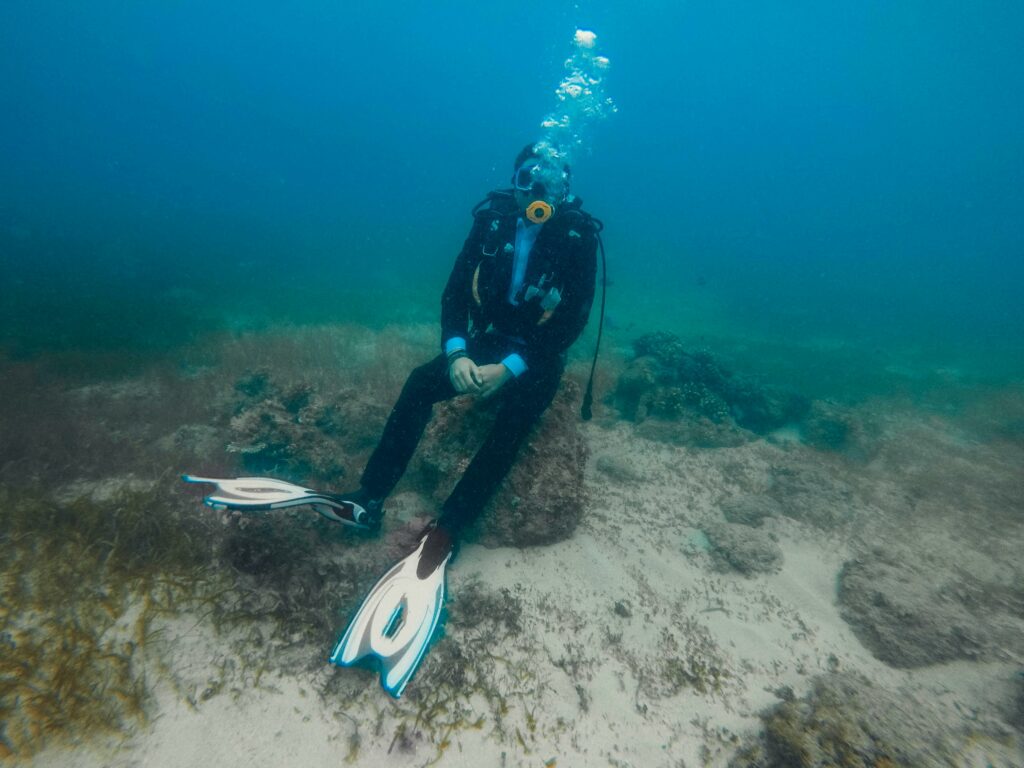
Before you go down under, gas from your cylinder is pumped into your suit. This is done for two reasons: First, to add an insulating layer of air between you and the cold. Second, to establish buoyancy.
To maintain buoyancy, you will add and release gas to your suit rather than your BCD throughout your dive. This subtle change takes a little getting used to and a good amount of practice to perfect, but we trust that you will get the hang of it! Plus, you will be less likely to experience symptoms of hypothermia on your cold-water dive.
Dry Suit Course Eligibility and Structure
Certified (Junior) Open Water Divers aged 10 and up are eligible for the Dry Suit Diver course. Students enrolled in this course will have classroom time and practice time. They will have it over the course of one confined dive and two open-water dives. The course will cover:
- Dry suit and thermal undergarment styles
- Proper care of a drysuit
- Putting on and taking off your dry suit without help
- Buoyancy control
- Dry suit safety procedures
Taking this course counts toward the five specialties needed for an Advanced Open Water Certification. You can even ask your instructor if the Dry Suit Diver course can be used toward college credit.
Even if neither of these apply to you, you can be sure that learning how to dive in a dry suit will be one of the more rewarding challenges you’ve undertaken in your passion for scuba diving!
FAQs
Is a dry suit better than a wetsuit?
Yes, for cold water diving. A dry suit provides better insulation and keeps you warm by trapping a layer of air between you and the water.
Is drysuit diving difficult?
No. It’s a bit different and requires practice, but it’s not hard. With training and experience, it becomes second nature.
Can you swim in a drysuit?
Yes, it’s designed to help you stay dry and warm while diving.
What are the benefits of being a dry suit diver?
Dive in colder waters comfortably, explore unique and less crowded dive sites, and enhance your diving skills for more challenging environments. Plus, it counts towards advanced certifications!
Go Into the Unknown (But Dry and Warm!)
So, there you have it! Diving into the cold with a dry suit is like upgrading from a bicycle to a luxury car. It takes a bit of getting used to, but once you do, you’ll never want to go back.
Plus, you’ll have some seriously cool stories to tell at your next dive club meeting.

